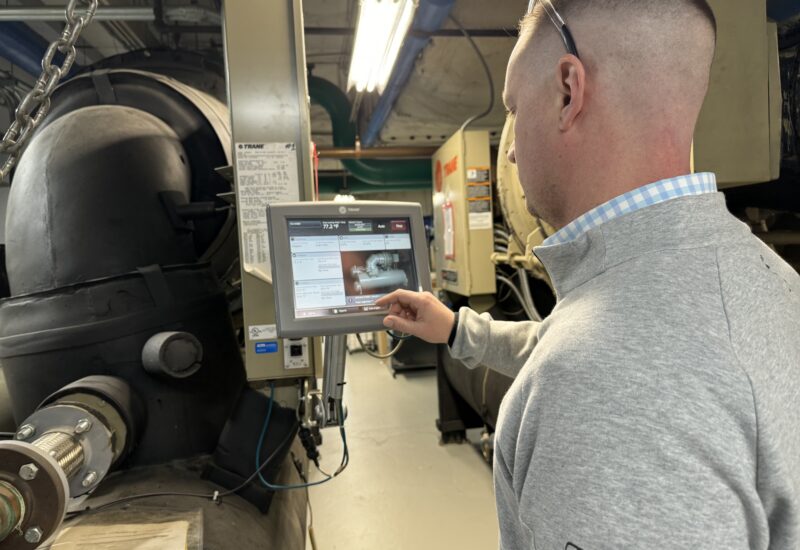The District of Columbia is reconfirming and updating its commitment to sustainability with the release of a draft of its ambitious Clean Energy 2.0 plan. This initiative, reinforced by the Climate Commitment Act of 2022, is a testament to the District’s dedication to combating climate change and aligning with the Paris Agreement. I had the opportunity to attend an informative session on November 20, 2023, which shed light on the city’s forward-thinking initiatives to mitigate climate change.
Phasing out Natural Gas Buildings
A major goal of the Clean Energy 2.0 plan is to phase out natural gas in buildings. This significant shift towards cleaner energy sources will reduce reliance on fossil fuels, contributing to a healthier and more efficient urban environment. The goal is for buildings to be 90% electric by 2040 and fully electric by 2045.
For existing buildings, the proposed actions include initiatives to begin to require any replacements of AC systems to not use fossil fuels and that a similar requirement be put on select fossil-fuel-burning appliances starting in 2027. For new buildings, the recommendations are to continue the implementation of building codes that move buildings away from onsite fossil fuel use.

Updating Building Energy Performance Standard (BEPS) Policy
The plan recommends updating BEPS to be a Trajectory approach that requires the achievement of targets by a specific date. The proposal is for there to be both an energy use and greenhouse gas emissions target for DC properties.
Incentivizing the Transition
The draft plan envisions expanding efforts to equitably incentivize the conversion to an electrified built environment. It includes recommendations to provide funding for electrification retrofits, scale up energy and electrification audits, provide low-cost financing, and increase assistance for innovative projects and hard-to-decarbonize buildings.
5th Generation District Energy
One of the more interesting elements included in the presentation was the idea of integrating district thermal energy systems into an overall plan to transition the energy supply system away from fossil fuels. Although not spelled out, the concept on the table appears to be encouraging the development of district energy loops that carry ambient temperature water (say ~70°F on average) and connect to heat pumps in individual buildings to provide space conditioning and domestic water heating. These are sometimes referred to as 5th generation district energy systems and they have to potentially dramatically reduce energy use.

The Clean Energy 2.0 plan, complemented by the Climate Commitment Act of 2022, positions Washington DC as a leader in urban sustainability. These comprehensive initiatives showcase the District’s commitment to creating a greener, more sustainable future. As the plan is open for public comment through December 4, it’s an important time for residents and stakeholders to engage and shape this sustainable vision for Washington, DC.
Want to start making plans to eliminate on-site fossil fuel from your building?








